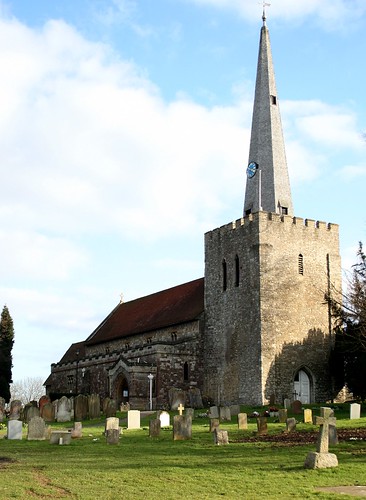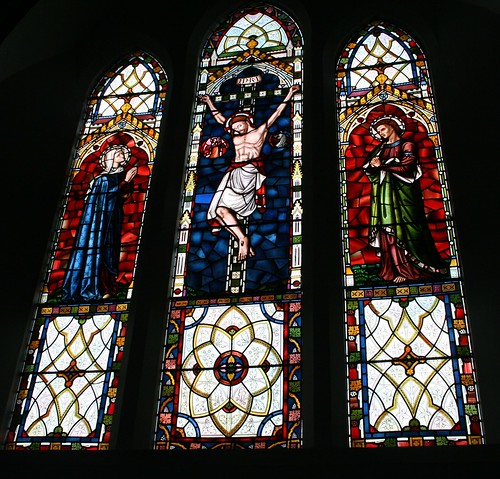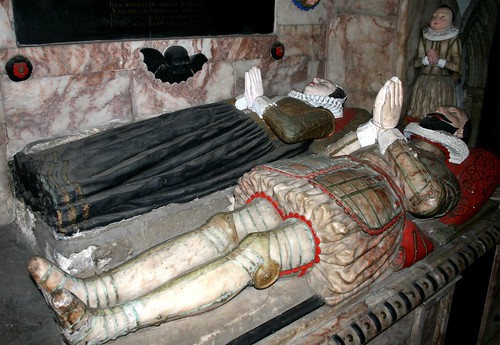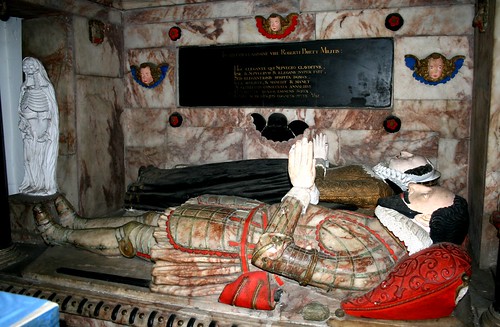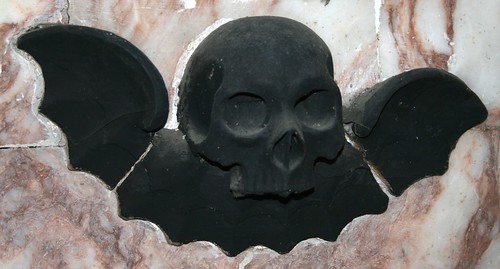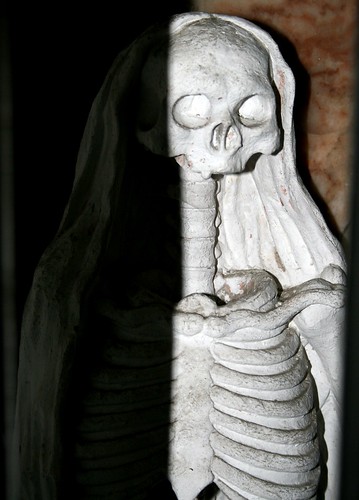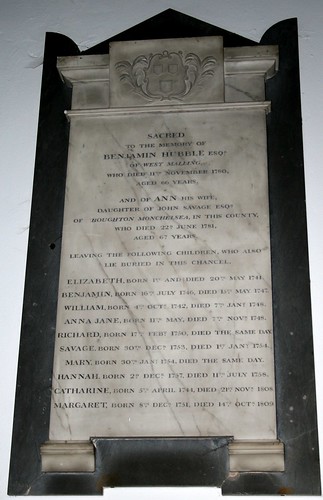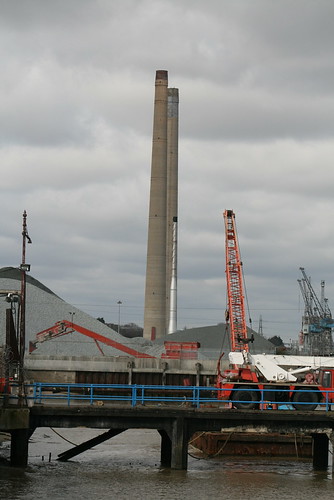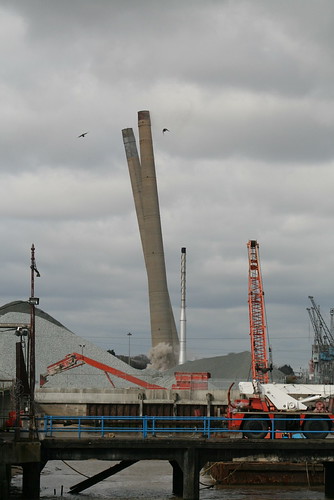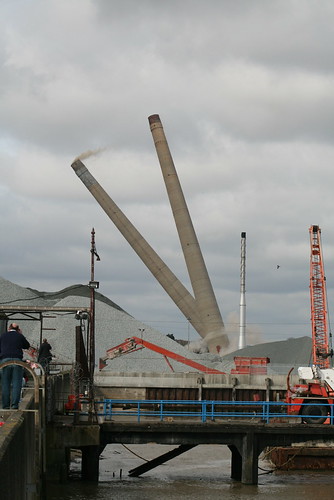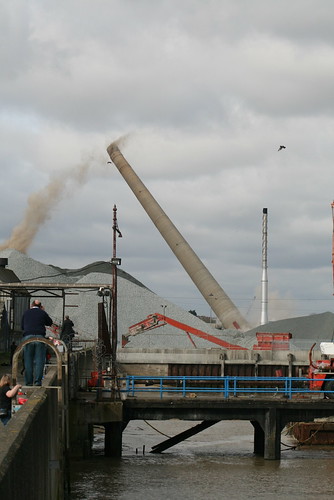
As regular followers of this blog will be aware, I am walking the Darent Valley Path through Kent in easily digestible segments, as and when time permits.
My latest walk set off from the picturesque village of Otford. I parked my car in a free car park opposite the Bull pub close to the Otford Solar System model I wrote about in
My Darent Valley Walk Part 2.
Otford is a good starting point if you are interested in walking in Kent as three long distance routes converge there - the Darent Valley Path, the North Downs Way and the Pilgrims Way.
For the first part of my walk I followed the Pilgrims Way, at this point, actually a busy main road, for a short distance passing the Horns public house and restaurant pictured above. This is a former 15th century coaching inn.

The Darent Valley Path branches off from the Pilgrims Way on the outskirts of the village and passes through a small housing estate before crossing a bridge over the railway line into open fields. At this point the Darent Valley Path branches into two. You have the option of walking to Sevenoaks via Riverhead or to Chipstead via Dunton Green, as I elected to do.


It is a fairly short walk across the fields to Dunton Green where the path eventually emerges by Donnington Manor which now constitutes part of a Best Western Hotel. The manor dates back to the 15th century.

Dunton Green is unfortunately located on the very busy A224 and in order to follow the Darent Valley Path I had to cross over to the other side - easier said than done! Approximately ten minutes later I finally managed to do so and continue on my way.

The path leads across some scrubby heathland and then under the even busier M26 motorway. This section of the walk was spoiled for me by the ever present drone of the traffic in the background.

Moan over. The path continued on through open fields again and intersected the track bed of the long disused Westerham to Dunton Green railway. The line was opened in July 1881 but fell victim to Doctor Beeching's savage rail cuts, closing in 1961.
I found a very interesting web site with lots of pictures of the old railway
here.

Eventually I came to Chipstead Lake, the end of this branch of the Darent Valley Path and the first leg of the day's walk. Unfortunately the lake is privately owned and used by the fishing and sailing clubs - members only.
The lake is actually man made. It is a former clay pit. The clay was extracted over many years and used for the local brick and tile industry.

Luckily the small village green overlooks the lake and I sat on a bench, had a bite to eat and consulted my map to work out my route for the rest of the day.
I decided to navigate from Chipstead via Riverhead through to Sevenoaks where I could pick up the other branch of the Darent Valley Path back to Otford. The downside was this would involve quite a lot of walking on tarmac rather than cross country.
On the plus side though my route took me via the centre of historic Chipstead village. Here are some pictures....

These cottages were built in 1694.

The former non conformist chapel parts of which date back to the early 1600's.

Hann's Store is now an office. It is good to see that the new owners did not paint out the old advertisement as often happens nowadays.

The George and Dragon pub built in the 16th century and still going strong.
My walk continued through Chipstead until I reached Riverhead on the outskirts of Sevenoaks.

The church of St Mary overlooks a road junction and dominates the town's skyline. The church is modern by Kent standards having been built in 1831 to a Decimus Burton design. As is often the case, I was not able to have a look inside the church as it was all locked up.
I continued along my "favourite" road, the dreaded A224 as far as Sevenoaks railway station where I joined the Darent Valley Path again to head back to Otford. The path, as far as I could see, is not very well marked at this point so it is advisable to have OS Explorer map 147 handy if you wish to follow the route yourself.

The path runs parallel with the railway for a while, through a housing estate, before entering Bradbourne Lakes. The lakes are a hidden gem. I was expecting some scruffy old gravel pits but they are actually small ornamental lakes which once formed part of the 18th century Bradbourne Estate. Over the years the estate was split up and sold off for housing developments. In 1935 the Lakes passed into the ownership of Sevenoaks District Council.

It is an ideal place to take small children. The lakes are full of very tame geese and ducks such as my friend Mr Greylag above. He was angling for a bit of my leftover sandwich but went away empty beaked!
On the other side of the lakes, the Darent Valley Path joins the A25. Once again I spent another age trying to cross this road. A continuous stream of cars and trucks thundering by in both directions.
Safely across the A25 the path skirts along the edge of some more lakes which form part of the Sevenoaks Wildfowl Reserve.
Unfortunately the lakes are fenced off and the trees and undergrowth are so thick it's not possible to see them properly from the path.
Surely a missed trick? In my opinion it would have made this part of the walk more enjoyable if a small clearing could have been made in the trees at some point along the way. You never know, maybe someone from Kent County Council is reading this blog....
Leaving the Wildfowl Reserve the path joins a very quiet country lane (Rye Lane). I followed the lane all the way back into Otford through fields full of sheep and past some of the smartest and colourful static homes I have ever seen before.
UPDATE - for Part 4 of My Darent Valley Walk please see
here
If you have enjoyed reading this post, please feel free to leave a comment. They are always welcome.
From the archives...
A Walk Around Grenham Bay
Winter Walks - Nurstead and Camer Park
The White Cross of Shoreham, Kent




























 (Picture by
(Picture by 


